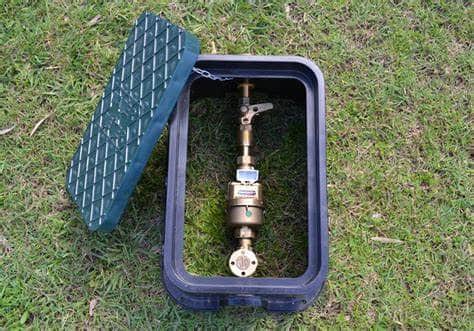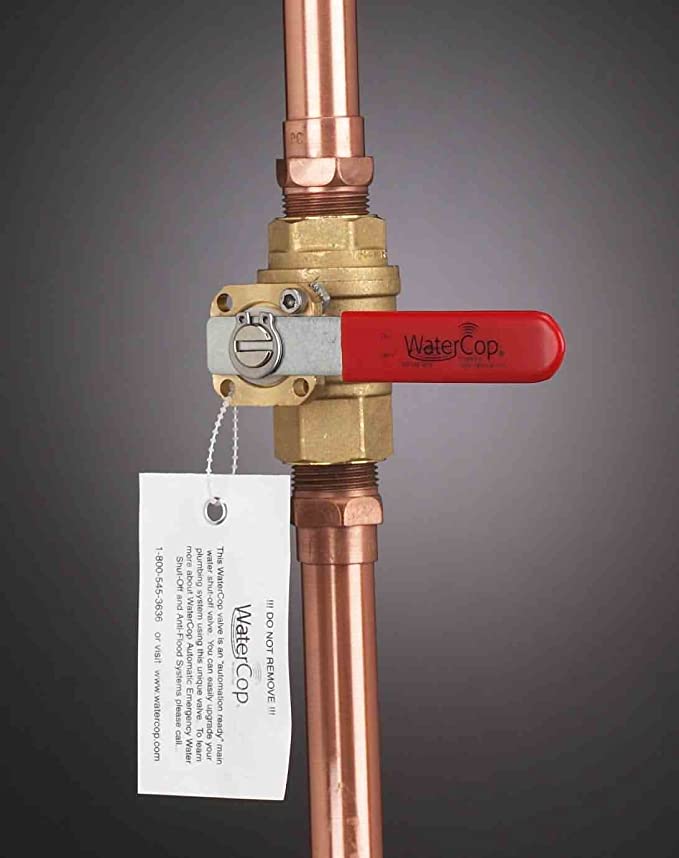
Just like checking your bank balance or car’s odometer, periodically inspecting your water meter is essential for monitoring your home’s water usage. This simple habit can help you detect hidden leaks that might be costing you money and wasting valuable resources. Fortunately, learning how to check your water meter for leaks is easy and can prevent more significant issues down the line. Here’s how you can get started.
Step 1: Turn Off All Water Sources
To accurately check your water meter, ensure that no water is being used inside or outside your home:
- Turn Off All Faucets and Water-Using Appliances: Make sure all sinks, dishwashers, washing machines, and any other appliances that use water are completely off.
- Shut Off Irrigation and Hose Bibs: Ensure outdoor faucets and sprinklers are also turned off.
- Verify with Household Members: Make sure no one in the house uses any water during the testing period to avoid false readings.
Step 2: Locate Your Water Meter
Your water meter is typically located in a meter box near the street, sidewalk, or front yard. Follow these steps to find and access it:
- Find the Meter Box: Look for a small metal or plastic cover labeled “Water” or “Water Meter” in your yard or near the street.
- Use a Screwdriver to Open the Lid: Wear gloves for safety, and be prepared for the possibility of insects or small critters inside.
- Lift Off the Lid or Cap: Once you remove the lid, you should see the meter dial beneath it.
Step 3: How to Read Your Water Meter
Understanding how to read your water meter is crucial for detecting potential leaks:
- Check the Red Triangle or Dial: Many water meters have a small, red triangular indicator called a “leak detector.” If it’s moving while all water is turned off, this indicates water flow, suggesting a leak.
- Read the Meter’s Odometer: The odometer on the meter displays the total amount of water used in gallons or cubic feet since installation. Keep this number in mind when performing the leak test.
- Note Increment Movements on the Dial: Each increment on the meter dial typically represents one gallon of water. The movement here can help detect slow leaks.
Step 4: Detecting Leaks Using Your Water Meter
If your meter indicates water flow despite all water sources being turned off, it’s time to investigate further:
- Check Indoor Fixtures: Examine all faucets, toilets, and any appliances that use water for leaks or continuous water flow.
- Inspect Outdoor Areas: If you find no indoor leaks, inspect outdoor irrigation systems, hose bibs, and garden areas for signs of water pooling or excessively wet soil, which could indicate a leaky underground pipe.
- Monitor Toilets Closely: Toilets are a common source of hidden leaks. Place a few drops of food coloring in the toilet tank, wait for 10-15 minutes, and see if the color appears in the bowl. If it does, you have a leak.
Benefits of Regularly Checking Your Water Meter for Leaks
Checking your water meter is a proactive approach to saving money and conserving water. Here’s why regular checks are beneficial:
- Prevent Costly Water Bills: Unnoticed leaks can significantly increase your monthly water bill. Detecting and repairing leaks early can help you avoid unexpected expenses.
- Conserve Water: Fixing leaks can save hundreds of gallons of water per month, which is beneficial for both the environment and your wallet.
- Avoid Potential Damage: Water leaks can cause structural damage if left unaddressed, leading to costly repairs. Regular monitoring can help you catch issues before they escalate.
What to Do If You Find a Leak
If you discover a leak after checking your water meter, take action immediately:
- Repair Minor Leaks Yourself: Small issues like dripping faucets can often be fixed with a DIY approach. Replace washers, tighten fixtures, or use the plumber’s tape as needed.
- Call a Professional Plumber for Serious Leaks: For significant leaks, such as underground pipe issues or constantly running toilets, it’s best to contact a licensed plumber. My Georgia Plumber offers expert leak detection and repair services to ensure your home’s plumbing is in top condition.
When to Schedule a Professional Plumbing Inspection
Even if you don’t detect any leaks, it’s still a good idea to schedule a professional plumbing inspection at least once a year. A licensed plumber can identify potential issues that may not be apparent through a simple water meter check and ensure your plumbing system remains in optimal shape.











